 服務熱線電話
服務熱線電話
400-6188-756
低溫廢水智能溫控防凍節(jié)能雙保障技術體系構建
來源:http://www.jsjhtl.cn/ 時間: 2025-06-11 瀏覽次數(shù): 0
在工業(yè)生產(chǎn)及市政污水處理領域,低溫廢水處理面臨管道凍結、能耗激增及處理效率下降等多重挑戰(zhàn)。通過智能溫控技術與防凍策略的深度融合,可構建起兼顧設備安全與能效優(yōu)化的雙重保障體系,實現(xiàn)低溫廢水處理系統(tǒng)的穩(wěn)定運行與綠色升級。
In the fields of industrial production and municipal sewage treatment, low-temperature wastewater treatment faces multiple challenges such as pipeline freezing, energy consumption surge, and decreased treatment efficiency. By deeply integrating intelligent temperature control technology with antifreeze strategies, a dual guarantee system that balances equipment safety and energy efficiency optimization can be established, achieving stable operation and green upgrading of low-temperature wastewater treatment systems.
低溫廢水處理的核心痛點
The core pain points of low-temperature wastewater treatment
當廢水溫度低于5℃時,黏度顯著提升,導致管道流動阻力增加,同時微生物活性受抑制,生化處理效率下降。某化工園區(qū)冬季實測數(shù)據(jù)顯示,廢水溫度每降低1℃,生化反應速率下降,藥劑投加量需增加以維持處理效果。此外,北方地區(qū)冬季極端低溫可能導致管道、閥門及儀表凍結,造成設備損壞或系統(tǒng)癱瘓。
When the wastewater temperature is below 5 ℃, the viscosity significantly increases, leading to an increase in pipeline flow resistance, while microbial activity is inhibited and the efficiency of biochemical treatment decreases. The winter test data of a chemical industrial park shows that for every 1 ℃ decrease in wastewater temperature, the biochemical reaction rate decreases, and the dosage of chemicals needs to be increased to maintain the treatment effect. In addition, extreme low temperatures in winter in northern regions may cause freezing of pipelines, valves, and instruments, resulting in equipment damage or system paralysis.
智能溫控系統(tǒng)的技術架構
Technical architecture of intelligent temperature control system
多參數(shù)感知網(wǎng)絡:在廢水輸送管網(wǎng)、處理單元及排放口部署高精度溫度傳感器,結合流量計、壓力變送器構建多維監(jiān)測體系。某水務集團應用表明,該網(wǎng)絡可實現(xiàn)溫度場動態(tài)可視化,為溫控策略提供數(shù)據(jù)支撐。
Multi parameter perception network: Deploy high-precision temperature sensors in wastewater transportation pipelines, treatment units, and discharge outlets, and construct a multidimensional monitoring system by combining flow meters and pressure transmitters. The application of a certain water management group shows that the network can achieve dynamic visualization of temperature fields and provide data support for temperature control strategies.
自適應控制算法:采用模糊PID控制算法,根據(jù)進水溫度、流量及環(huán)境溫度實時調(diào)節(jié)加熱功率。某食品加工廠案例顯示,該算法使出水溫度波動幅度控制在±0.5℃以內(nèi),較傳統(tǒng)定功率加熱節(jié)能。
Adaptive control algorithm: Using fuzzy PID control algorithm, the heating power is adjusted in real time according to the inlet water temperature, flow rate, and ambient temperature. A case study of a food processing plant shows that this algorithm controls the fluctuation amplitude of the effluent temperature within ± 0.5 ℃, which is more energy-efficient than traditional constant power heating.
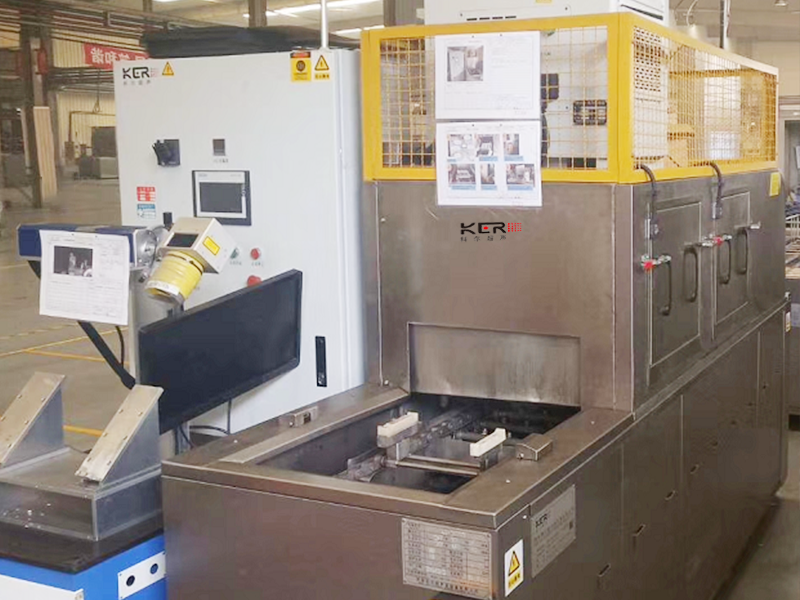
熱能優(yōu)化配置:通過熱泵技術回收處理后廢水中的余熱,用于預熱進水或供暖。某制藥企業(yè)實踐表明,熱泵系統(tǒng)使加熱能耗降低,同時減少冷卻塔散熱量。
Thermal energy optimization configuration: By using heat pump technology to recover the waste heat from treated wastewater, it can be used for preheating the incoming water or heating. A pharmaceutical company's practice has shown that heat pump systems reduce heating energy consumption and also decrease heat dissipation from cooling towers.
防凍保障的多維措施
Multidimensional measures for antifreeze protection
管道電伴熱系統(tǒng):在關鍵管段敷設自限溫伴熱帶,通過溫控器實現(xiàn)分段智能啟停。某油田采出水處理站應用后,管道凍結故障率降至零,伴熱能耗較傳統(tǒng)蒸汽伴熱降低。
Pipeline electric heat tracing system: self limiting heat tracing tape is laid in key pipeline sections, and segmented intelligent start stop is achieved through temperature controllers. After the application of the produced water treatment station in a certain oilfield, the pipeline freezing failure rate has been reduced to zero, and the heat tracing energy consumption has been reduced compared to traditional steam tracing.
設備保溫增強:采用氣凝膠氈與真空絕熱板復合結構,對閥門、儀表及水泵進行包裹。實驗數(shù)據(jù)顯示,該結構使設備表面溫度損失減少,在-15℃環(huán)境下仍可維持內(nèi)部溫度。
Equipment insulation enhancement: composite structure of aerogel felt and vacuum insulation board is used to wrap valves, instruments and water pumps. Experimental data shows that this structure reduces surface temperature loss of the device and can maintain internal temperature even in an environment of -15 ℃.
流動保障策略:通過變頻泵調(diào)節(jié)流速,使廢水在管道內(nèi)保持湍流狀態(tài),強化對流換熱。某礦井水處理項目驗證,流速提升至1.5m/s后,管道結冰風險降低。
Flow assurance strategy: Adjust the flow rate through a variable frequency pump to maintain turbulent flow of wastewater in the pipeline and enhance convective heat transfer. Verification of a certain mine water treatment project shows that the risk of pipeline icing decreases when the flow rate is increased to 1.5m/s.
節(jié)能增效的協(xié)同機制
Collaborative mechanism for energy conservation and efficiency improvement
熱能梯級利用:將高溫污泥干化產(chǎn)生的熱風引入廢水處理系統(tǒng),替代部分電加熱能耗。某市政污水廠案例顯示,該技術使綜合能效提升,年節(jié)約標煤。
Cascade utilization of thermal energy: introducing the hot air generated by the drying of high-temperature sludge into the wastewater treatment system, replacing some of the energy consumption of electric heating. A case study of a municipal sewage treatment plant shows that this technology improves overall energy efficiency and saves standard coal annually.
光伏直驅技術:在廠區(qū)屋頂鋪設光伏板,直接為溫控系統(tǒng)供電。某工業(yè)園區(qū)“光伏+溫控”項目年發(fā)電量,覆蓋系統(tǒng)運行需求,實現(xiàn)零碳供熱。
Photovoltaic direct drive technology: laying photovoltaic panels on the roof of the factory area to directly supply power to the temperature control system. The annual power generation of the "photovoltaic+temperature control" project in a certain industrial park covers the operational needs of the system and achieves zero carbon heating.
需求響應管理:根據(jù)電網(wǎng)分時電價調(diào)整加熱時段,在谷電時段進行蓄熱。某企業(yè)實踐表明,該策略使年電費支出降低,投資回收期縮短。
Demand response management: Adjust the heating period based on the time of use electricity price of the power grid, and store heat during the valley electricity period. The practice of a certain enterprise has shown that this strategy reduces annual electricity expenses and shortens the investment payback period.
智能診斷與預測性維護
Intelligent diagnosis and predictive maintenance
設備健康評估:通過振動、溫度及電流信號分析,預測水泵、熱交換器等關鍵設備故障。某水務平臺數(shù)據(jù)顯示,預測性維護使設備非計劃停機次數(shù)減少。
Equipment health assessment: By analyzing vibration, temperature, and current signals, predict key equipment failures such as water pumps and heat exchangers. Data from a certain water platform shows that predictive maintenance reduces the number of unplanned shutdowns of equipment.
結垢預警系統(tǒng):基于進水水質、溫度及流量數(shù)據(jù),建立換熱器結垢模型。當結垢量達到閾值時,自動啟動在線清洗程序,避免換熱效率衰減。
Scale warning system: Based on inlet water quality, temperature, and flow data, establish a scale model for heat exchangers. When the scaling amount reaches the threshold, the online cleaning program is automatically initiated to avoid a decrease in heat exchange efficiency.
低溫廢水處理系統(tǒng)的智能溫控防凍節(jié)能方案,需構建“感知-控制-優(yōu)化-維護”的技術閉環(huán)。通過多參數(shù)智能調(diào)控、熱能梯級利用及預測性維護,可實現(xiàn)低溫環(huán)境下廢水處理系統(tǒng)的安全穩(wěn)定運行與能效顯著提升。隨著物聯(lián)網(wǎng)與人工智能技術的融合應用,未來廢水處理溫控系統(tǒng)將向“自適應、自優(yōu)化、零碳化”方向發(fā)展,為水環(huán)境治理提供更可持續(xù)的技術支撐。
The intelligent temperature control, antifreeze and energy-saving solution for low-temperature wastewater treatment system needs to establish a technical closed loop of "perception control optimization maintenance". Through multi parameter intelligent regulation, thermal cascade utilization, and predictive maintenance, the safe and stable operation and significant improvement in energy efficiency of wastewater treatment systems in low-temperature environments can be achieved. With the integration and application of Internet of Things and artificial intelligence technology, future wastewater treatment temperature control systems will develop towards the direction of "adaptive, self optimized, and zero carbonization", providing more sustainable technical support for water environment governance.
本文由低溫廢水回收設備友情奉獻.更多有關的知識請點擊:http://www.jsjhtl.cn我們將會對您提出的疑問進行詳細的解答,歡迎您登錄網(wǎng)站留言.
This article is a friendly contribution from a high-pressure deburring cleaning machine For more information, please click: http://www.jsjhtl.cn We will provide detailed answers to your questions. You are welcome to log in to our website and leave a message
相關文章
-
碳氫清洗機:脫脂戰(zhàn)場上的 “附著力守護者” 2025-07-04
-
五軸 CNC 清洗機:攻克盲孔深槽清潔 “最后一公里” 2025-07-03
-
當易碎品遇上 “清洗洪流”:通過式清洗機的溫柔破局之道 2025-07-02
-
噴淋清洗機:破解清潔難題的 "水流密碼" 2025-07-01
-
全自動超聲波清洗機:機械行業(yè)的 “零件煥新神器” 2025-06-24
-
工業(yè)超聲波清洗機操作全攻略:從準備到收尾的實用指南 2025-06-20
-
給精密零件穿上 “防靜電鎧甲”:CNC 清洗機的防護秘籍 2025-06-18
-
解鎖通過式清洗機:揭秘清洗漂洗的 “魔法雙劍” 2025-06-17
-
低溫廢水蒸發(fā)結晶設備鹽分回收率95%的技術突破與應用前景 2025-06-16
-
噴淋清洗機清洗工業(yè)品的核心機制解析 2025-06-14


 新聞中心
新聞中心
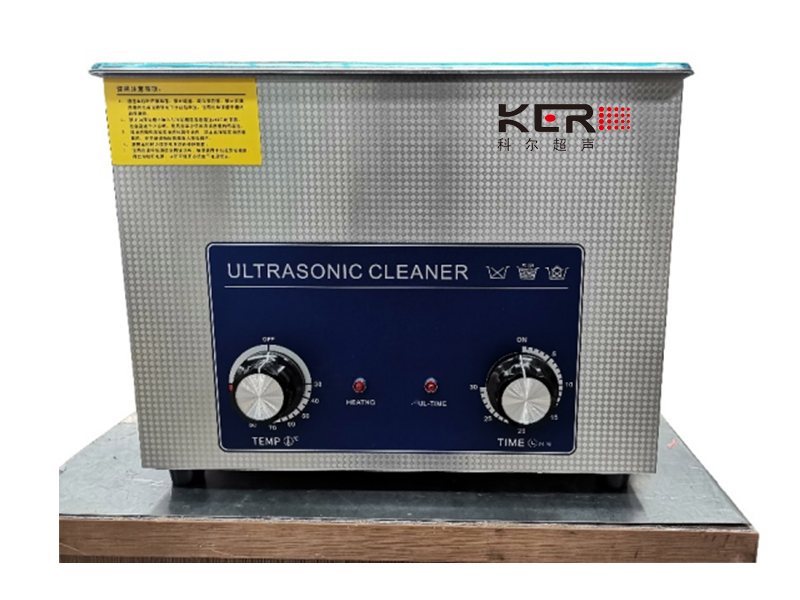
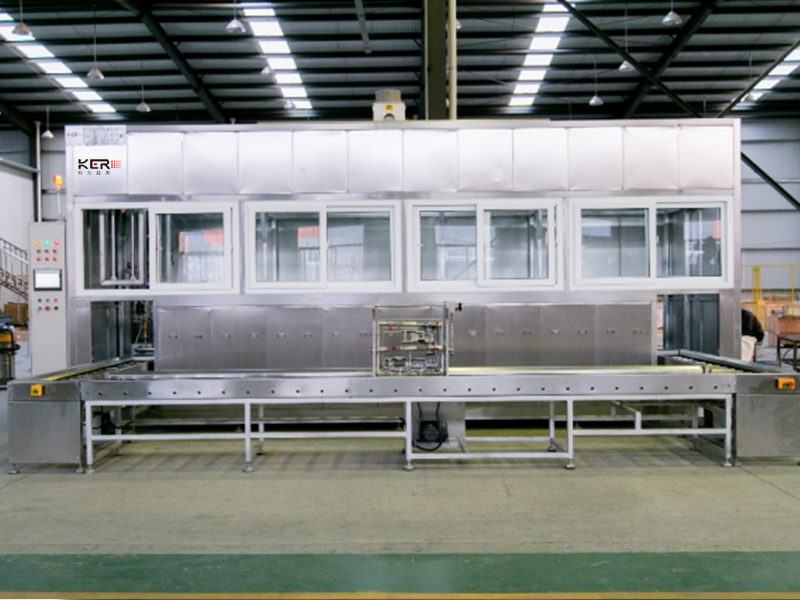
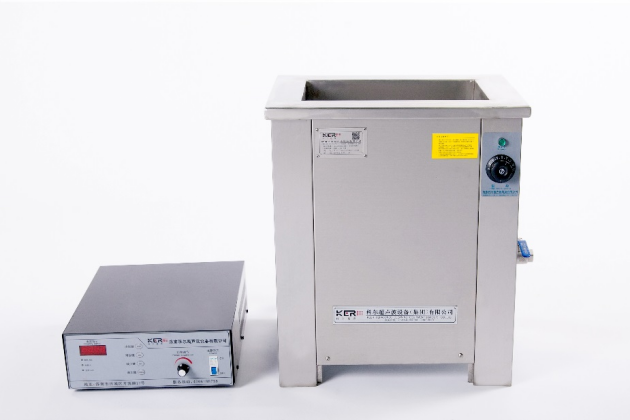
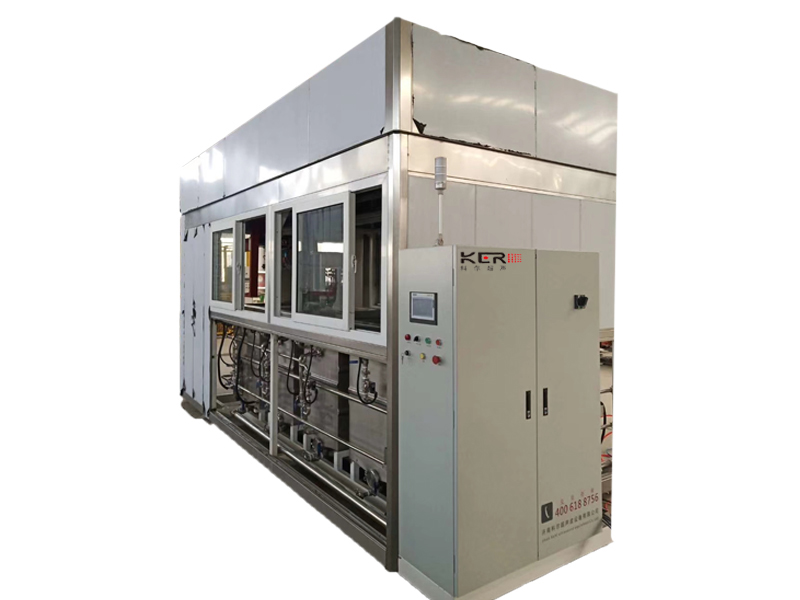
 行業(yè)新聞
行業(yè)新聞
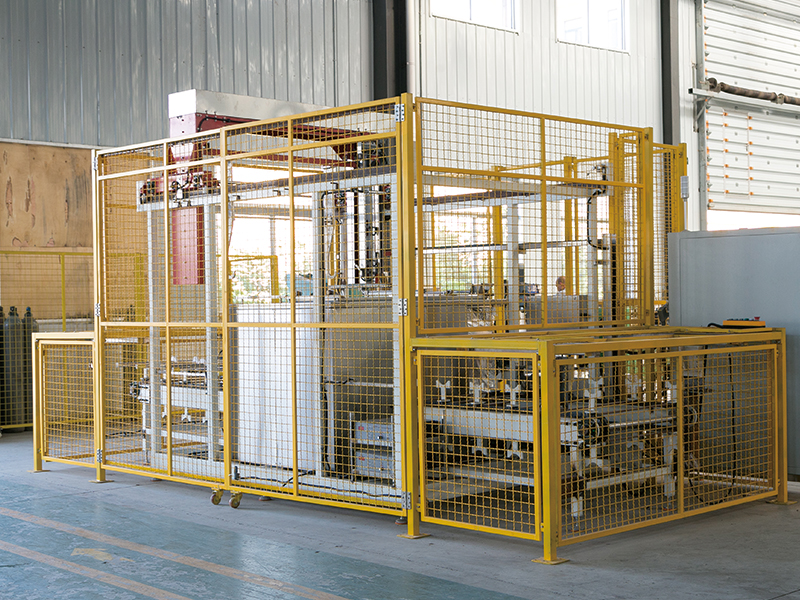
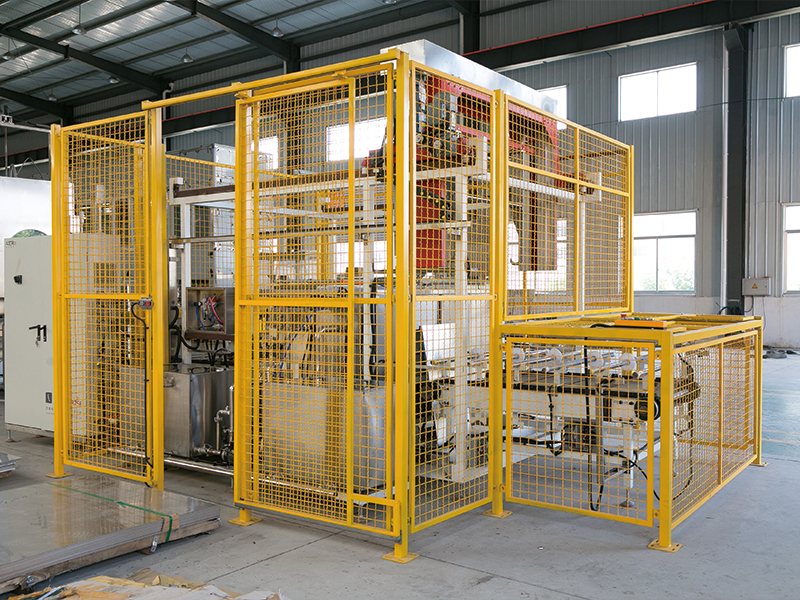

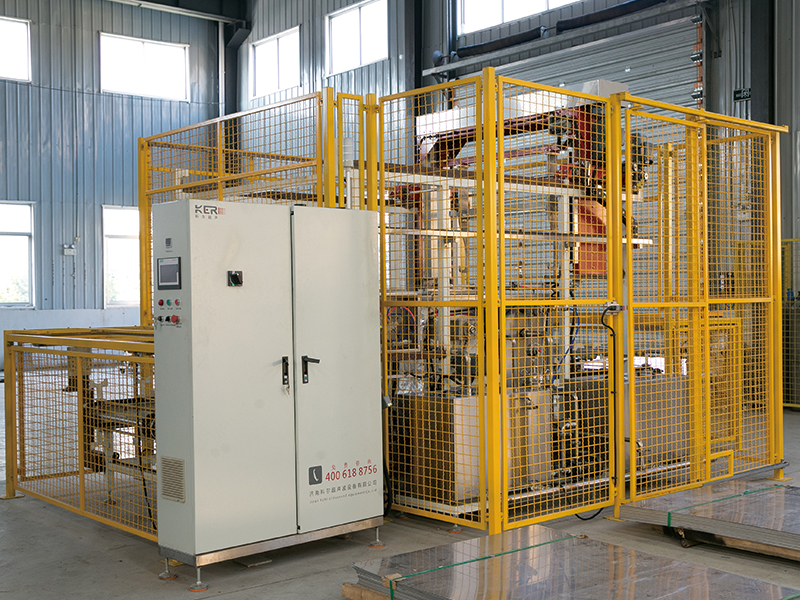




 魯公網(wǎng)安備37011202000628號
魯公網(wǎng)安備37011202000628號